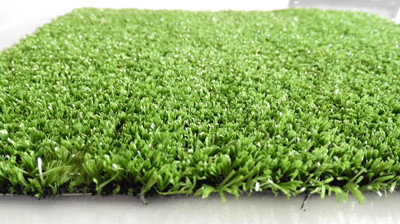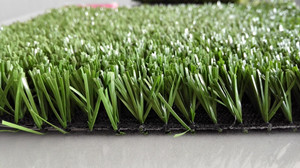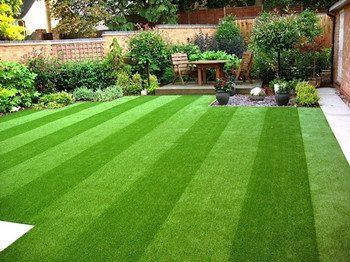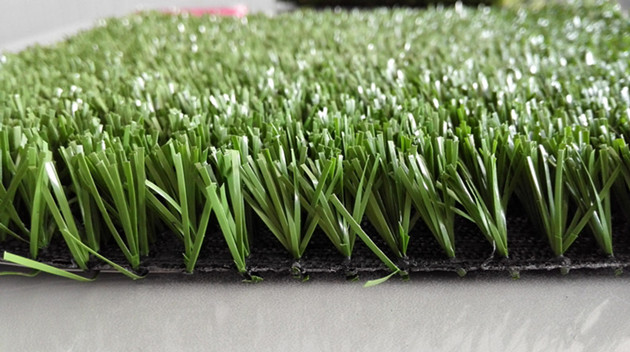Synthetic Turf Sports Fields Transformed: Modular Drainage and Cooling for Superior Performance
The Demand for Sustainable Synthetic Turf Solutions
Urban areas increasingly rely on synthetic turf for sports fields due to its durability and ability to withstand heavy usage. However, these surfaces present challenges, such as extreme temperatures in direct sunlight and the need for efficient drainage during heavy rainfall. Traditional systems often struggle to manage these demands, leading to player safety issues and water accumulation on the field.
Hoensoey Cells have become a leading solution, offering a robust, environmentally friendly way to tackle these issues. This article explores Hoensoey’s advanced drainage and cooling capabilities and highlights real-world applications.
Efficient Drainage with Hoensoey Cells: Quick and Customizable Solutions
Hoensoey Cells stand out with their unique hexagonal honeycomb structure, designed for effective water management. Unlike traditional systems, which often require deep and extensive excavation, Hoensoey Cells are relatively shallow and modular, fitting various configurations and field sizes.
This design helps capture and redirect water quickly into an underground storage layer, preventing surface pooling even during heavy rain.
The geocellular design also supports high compressive strength, making it ideal for areas with heavy equipment or high player traffic. These features make Hoensoey Cells a practical and versatile choice for synthetic turf sports fields worldwide.
Innovative Cooling: Natural Evaporative Cooling Through Underground Storage
One of the major advantages of Hoensoey Cells is their ability to cool synthetic turf surfaces naturally. Traditional synthetic fields can exceed 70°C under intense sunlight, posing risks to players. Hoensoey Cells’ underground storage allows water to rise through capillary action, cooling the surface by natural evaporation. This method effectively reduces surface temperatures to around 37°C, creating a safer environment for athletes, especially in urban areas where the urban heat island effect is a concern.
 Diagram: Hoensoey Athletic Field Drainage and Cooling System
Diagram: Hoensoey Athletic Field Drainage and Cooling System
This diagram illustrates a cross-sectional view of an athletic field equipped with Hoensoey Cells for optimized drainage and cooling. The layered structure from top to bottom includes:
- Synthetic Turf Layer: A durable, weather-resistant artificial grass surface designed for diverse sports applications.
- Infill Layer: Located directly under the turf, this layer (sand or rubber granules) adds cushioning, enhances traction, and contributes to player safety.
- Filter Fabric Layer: Acting as a filtration barrier, this layer prevents infill materials from clogging the drainage system while allowing water to pass through.
- Hoensoey Cells Drainage Layer: The core drainage system composed of high-strength, honeycomb-like Hoensoey Cells. This layer captures and stores rainwater, facilitating efficient drainage and natural cooling through capillary action, keeping the field playable and comfortable year-round.
The Hoensoey system’s multi-layered design showcases how synthetic turf fields can achieve optimal conditions for play by managing water and maintaining surface temperatures, thus supporting sustainable and resilient athletic field environments.
Sustainable Water Use: Closed-Loop Water Systems
Hoensoey Cells go beyond drainage and cooling by promoting sustainable water use. Rainwater captured within the system can be stored and reused for irrigation, reducing reliance on external water sources. This efficient water cycling helps alleviate pressure on municipal water supplies and supports the environment by replenishing groundwater levels in some settings.
Made from recycled, durable materials, Hoensoey Cells also align with environmentally friendly practices, making them an optimal choice for eco-conscious projects and cities looking to adopt sustainable infrastructure solutions.
Case Studies: Real-World Applications of Hoensoey Cells
In sports facilities around the world, Hoensoey Cells have been implemented to enhance field performance. At GIO Stadium Canberra in Australia, Hoensoey Cells provide effective drainage and cooling in a climate known for hot summers. Similarly, Stade de la Source in France uses this system to manage both rainwater and field temperature, ensuring reliable playability across diverse weather conditions.
These examples demonstrate Hoensoey’s adaptability and impact, making synthetic turf fields safer, more sustainable, and suitable for all-weather use.
A Comprehensive Upgrade for Modern Synthetic Fields
With Hoensoey Cells, sports facility managers and urban planners gain an effective tool for optimizing synthetic turf fields. From modular drainage to natural cooling and sustainable water management, Hoensoey provides a comprehensive solution to the challenges of modern synthetic turf. This system enhances playability, supports environmental goals, and meets the needs of high-usage urban sports fields, making it a transformative choice in sports infrastructure.












